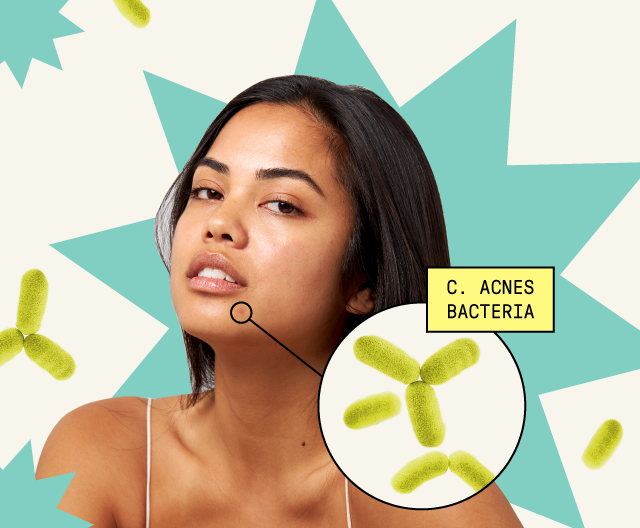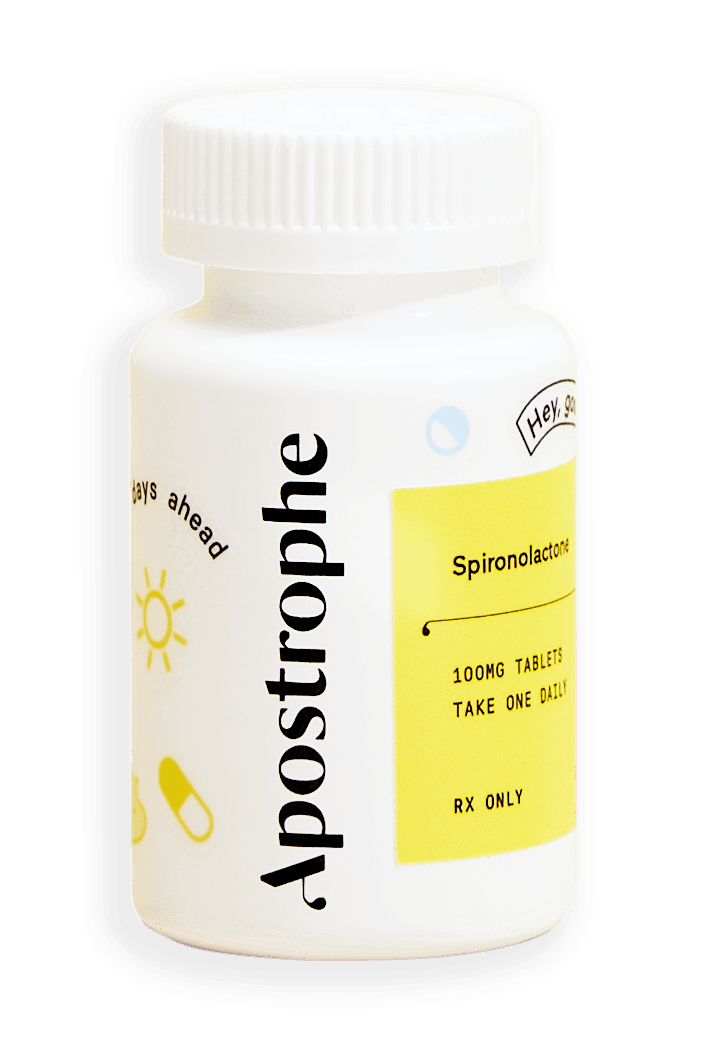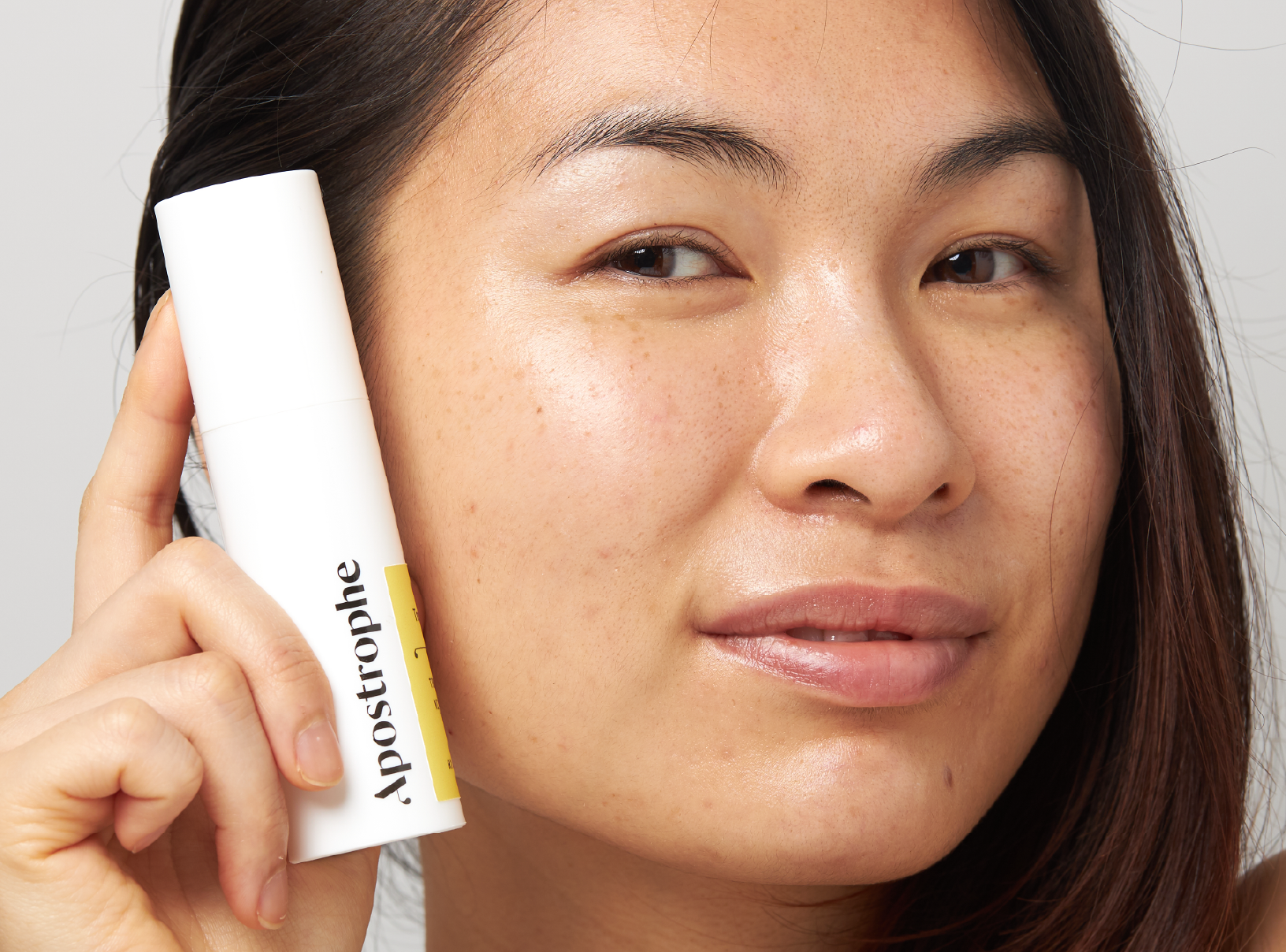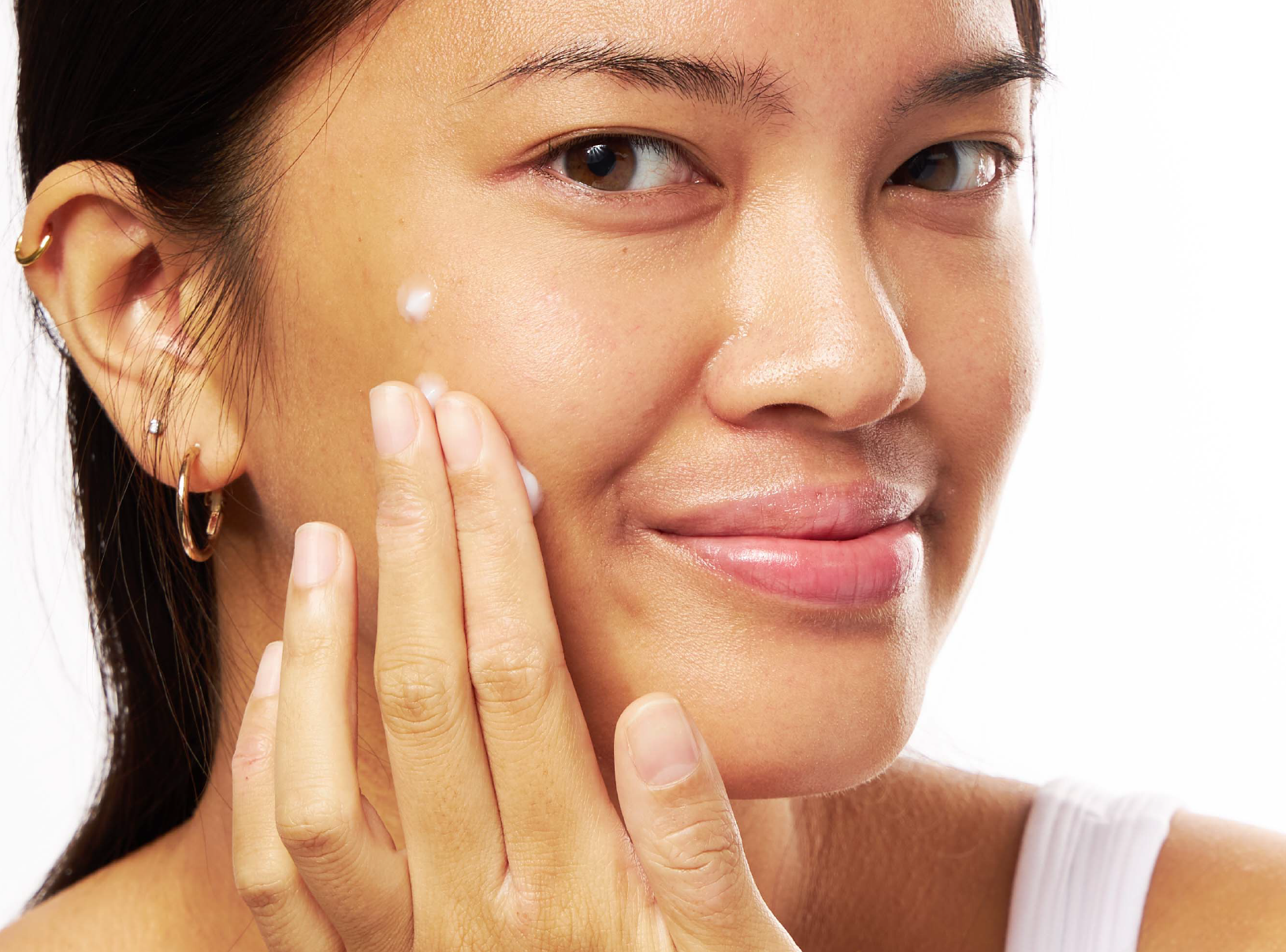Deep Dives
5 Acne Facts You Didn't Know


SHARE
Deep Dives
5 Acne Facts You Didn't Know
Medically reviewed by Aimee Paik, MD
Written by Annie Lam
Last updated 11/3/2024
There’s a lot of information out there about acne and breakouts. Whether you're dealing with a stubborn pimple or have more severe acne, you've probably done your research. There are endless articles that talk about what type of acne you have, how to treat it, and more.
Although acne affects a very large percentage of the population, there’s actually a lot that people don’t know about acne. To close the knowledge gap, we’re breaking down 5 acne facts that you probably haven’t heard before.
1. Acne is the most common skin condition in the US.
Did you know? Up to 50 million Americans experience acne every year. We know having acne can feel isolating at times, but it’s incredibly common. Typically, acne starts in puberty and affects about 85% of adolescents and young adults. Acne can also continue into your adult years, affecting up to 54% of people above 25.
We know acne can be frustrating, but luckily there are lots of acne treatments out there. If you've tried over-the-counter acne products like benzoyl peroxide and salicylic acid with little success, it may be time to check in with a derm provider. Through Apostrophe, you can get access to personalized treatment from an expert dermatology team from the comfort of your own home!
2. Acne is unheard of in some populations.
Acne may be the most common skin condition in the US, but this isn't the case everywhere. One uncommonly known acne fact is some populations have never experienced acne. In two non-westernized populations (the Kitavan Islanders and Ache hunter-gatherers), acne was nowhere to be found.
While this might seem impossible, it appears that one potential reason may be their diet! The Kitavan diet lacked refined foods like chips, cookies, and bread - foods that are extremely common in the Western world. Instead, their diet consisted of foods like fruit, fish, and coconut. If you’ve ever wondered if there’s a connection between diet and acne, it appears to play an important role too.
3. Adult acne is becoming increasingly common.
Many people believe that acne is only experienced when going through puberty, but adult acne is becoming more and more common. Acne can come at any stage of life. Some of us deal with teenage acne and others don’t start breaking out until our adult years. Over half of women in their 20s and over one-third in their 30s experience breakouts!
Adult acne can be triggered by your hormones, menstrual cycle, pregnancy, and more. Hormonal breakouts, blackheads and whiteheads, and other forms of acne can be stubborn. However, seeing a dermatology provider through Apostrophe can help. We use science-backed ingredients like tretinoin and spironolactone to effectively treat your adult acne.
4. Acne is not a bacterial infection.
A common misconception is that acne is caused by bacteria. While acne causing bacteria (c. acnes bacteria) can play a role in stimulating inflammation, it is not the cause of acne. In most cases, acne is caused by pores getting clogged with dead skin cells and excess sebum, not a bacterial infection.
Another fun acne fact - c. acnes bacteria is a normal part of our skin flora. So most of us have c. acnes bacteria on our skin regardless of whether or not we have acne. This bacteria typically only triggers acne when it gets trapped within a clogged pore. This leads to inflammatory types of acne like pustules and cysts. Treatments like antibiotics and azelaic acid can help calm inflammation in the skin.
5. Treating acne is not always a linear journey
The last acne fact is that treating acne is a marathon, not a sprint. While we wish we could snap our fingers and make your acne disappear, getting healthy skin takes time. You may experience changes in your skin like purging, hormonal fluctuations, inflammation, and more. These changes are completely normal and are a part of your skincare journey!
It’s important to remember to be patient with your skin and staying consistent with your skin care routine will help. While not seeing results can be discouraging, it's important to keep up with your treatment plan! It can take a few months of consistent use to start seeing results. Remember that slow and steady wins the race when it comes to treating acne. Don't forget to check in with your derm team to get the best results over time.
Here at Apostrophe, we understand that acne can be painful, persistent, and frustrating. Our goal is to help empower you to feel confident in your own skin. Here’s a reminder that the goal is healthy skin, not perfect skin. The dermatology providers on our platform are here to help you on your journey to healthy skin. Get expert treatment for your acne today!
Sources:
https://www.aad.org/media/stats-numbers
https://jamanetwork.com/journals/jamadermatology/fullarticle/479093
https://www.ncbi.nlm.nih.gov/books/NBK83685/
Shop this post

Tretinoin

Oral Spironolactone
Like what you just read? Sign up for our email list to get the scoop on skincare science delivered straight to your inbox.

Deep Dives
A dermatologist shares his thoughts on the recent studies about benzoyl peroxide and benzene.
Read More
Education
What is milia?
What is milia? Today, we’re jumping into one type of bump that you may have heard about most commonly in infants — milia.
Read More
Education
Best moisturizer for acne-prone skin
If you have combination acne-prone skin, figuring out which moisturizer is best for your skin might be tough. In this guide, we break down the best moisturizer for combination, acne-prone skin.
Read More
